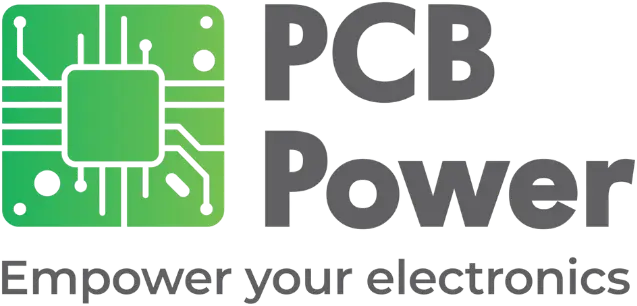
Key Thermal Management Techniques for PCBs - Practical guide to design for better thermal management
Effective thermal management is crucial for any PCB design, ensuring reliability, longevity, and optimal performance in modern electronics. This post explores practical techniques that PCB Power implements to keep circuit boards cool—even under demanding operating conditions.
Why Thermal Management Matters?
High-power devices, compact layouts, and rising CPU frequencies mean today’s PCBs face unprecedented heat challenges. Without proper thermal control, hotspots can lead to failures, reduced component life, and even safety risks. At PCB Power, our design philosophy centers on proactive thermal management from the earliest stages of layout.
Key Thermal Management Strategies
Identifying Hotspots Early
Advanced thermal modeling tools help our engineers pinpoint potential hotspots before a board is fabricated. This enables us to optimize component placement and trace routing for better heat distribution.
Optimizing Copper and Pad Dimensions
Robust copper layers and intelligently designed pads are central for heat dissipation. We recommend using wider and thicker copper traces wherever current flow is substantial, minimizing resistance and reducing heat build-up.
Strategic Component Placement
Placing high-power components near edges or corners with proper heat sinking and airflow is preferred. Sensitive ICs are kept at a distance from high-current traces, safeguarding their operational integrity.
Thermal Vias—Small Solutions for Big Problems
Thermal vias create direct, low-resistance pathways for heat to move from hot components to cooler board layers, especially effective under processors and power ICs. PCB Power carefully sizes and positions thermal vias according to design needs, optimizing both heat transfer and manufacturability.
Heatsinks for Advanced Cooling
For boards with significant thermal demands, we integrate heatsinks for extracting and dissipating heat.
Integrated and Passive Cooling Solutions
With miniaturization, conventional cooling (fans, external sinks) can be impractical. We leverage thicker boards, high Tg and thermally conductive substrates.
Soldering and Assembly Considerations
Even soldering can impact thermal performance. Uniform solder joints and proper via tenting prevent solder overflow, maximizing heatsink contact area and ensuring efficient thermal pathways.
The Role of Thermal Simulation
Incorporating advanced thermal simulation into the design process allows us to validate cooling performance, locate hotspots, and avoid costly trial-and-error cycles. This results in more reliable products with fewer failures and longer lifespans.
Conclusion—Partnering for Thermal Reliability
At PCB Power, our customer-centric approach ensures each PCB benefits from industry-best thermal management, balancing practical engineering with the latest technology. Whether you need robust passive solutions or advanced cooling integration, our expertise delivers reliability—even under the most demanding conditions.
Get an instant quote online for your next project or to discuss your thermal requirements, connect with our team at PCB Power.
Let’s build cooler, smarter, and more reliable electronics together.



